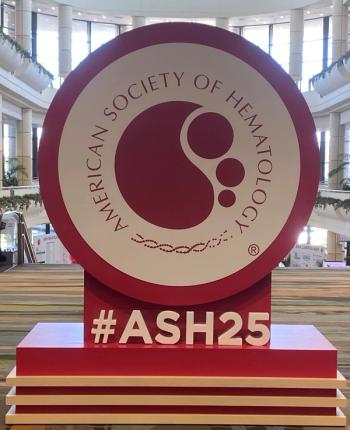
Study Analyzes Allergic Sensitization and Asthma from Infancy to Adulthood
A new study aimed to assess the prevalence of allergic sensitization, asthma, eczema, and hay fever from infancy to adulthood, finding that patterns of atopic disorders vary throughout childhood.
Asthma has previously been linked to conditions including allergies and eczema, and a new study aimed to assess the prevalence of allergic sensitization, asthma, eczema, and hay fever from infancy to adulthood, finding that patterns of atopic disorders vary throughout childhood.
The
“Areas with the highest rates of allergic sensitization do not have the highest rates of asthma,” noted the authors. “When the prevalence rates of sensitization and asthma throughout childhood are assessed, allergic sensitization appears to increase through infancy, school age, adolescence and early adulthood, whereas asthma prevalence peaks before 10 years of age and again in adulthood with a trough in between these periods.”
The researchers defined asthma diagnosis based on a physician diagnosis of the asthma and symptoms/medication in the previous 12 months. Allergic sensitization was defined by the positive skin prick test, while hay fever and eczema were determined by a questionnaire.
The analysis revealed that the prevalence of allergic sensitization rose from 19% at age 1 to 71% at age 24. However, the rate of asthma decreased from 25% at age 6 to 12% to 15% between ages 11 and 24. Furthermore, the prevalence of allergic sensitization among those with asthma went from 50% at age 6 to 100% at age 24.
The researchers found that hay fever rates increased throughout childhood from 7% at age 6 to 16% at age 24 and in total, 74% of those with asthma at age 24 also reported hay fever. Additionally, parental atopy doubled the odds of asthma in their offspring by 24 years of age.
The relationship between eczema and asthma was found to be significant only up to 11 years of age, while the relationship between hay fever and asthma was stronger in adolescence and early adulthood than in early childhood, according to the analysis.
“The longitudinal study of allergic sensitization, hay fever, eczema and asthma prevalence in an urban environment highlights that although rates of allergic sensitization and hay fever increase throughout childhood and into early adulthood and rates of asthma reduce, their relationship with asthma strengthens,” the authors concluded. “Universal assumptions should not be made about the relationships between atopic disorders as they may be age dependent.”
Overall, the researchers found that atopic disorders vary throughout childhood and although the prevalence of allergic sensitization and hay fever rose throughout childhood and the prevalence of asthma reduced, the strength of their relationship with asthma had increased with age.
Reference
Owens L, Laing IA, Zhang G, Turner S, Le Souëf PN. Prevalence of allergic sensitization, hay fever, eczema, and asthma in a longitudinal birth cohort. J Asthma Allergy. 2018:11;173-180.
Newsletter
Stay ahead of policy, cost, and value—subscribe to AJMC for expert insights at the intersection of clinical care and health economics.













































